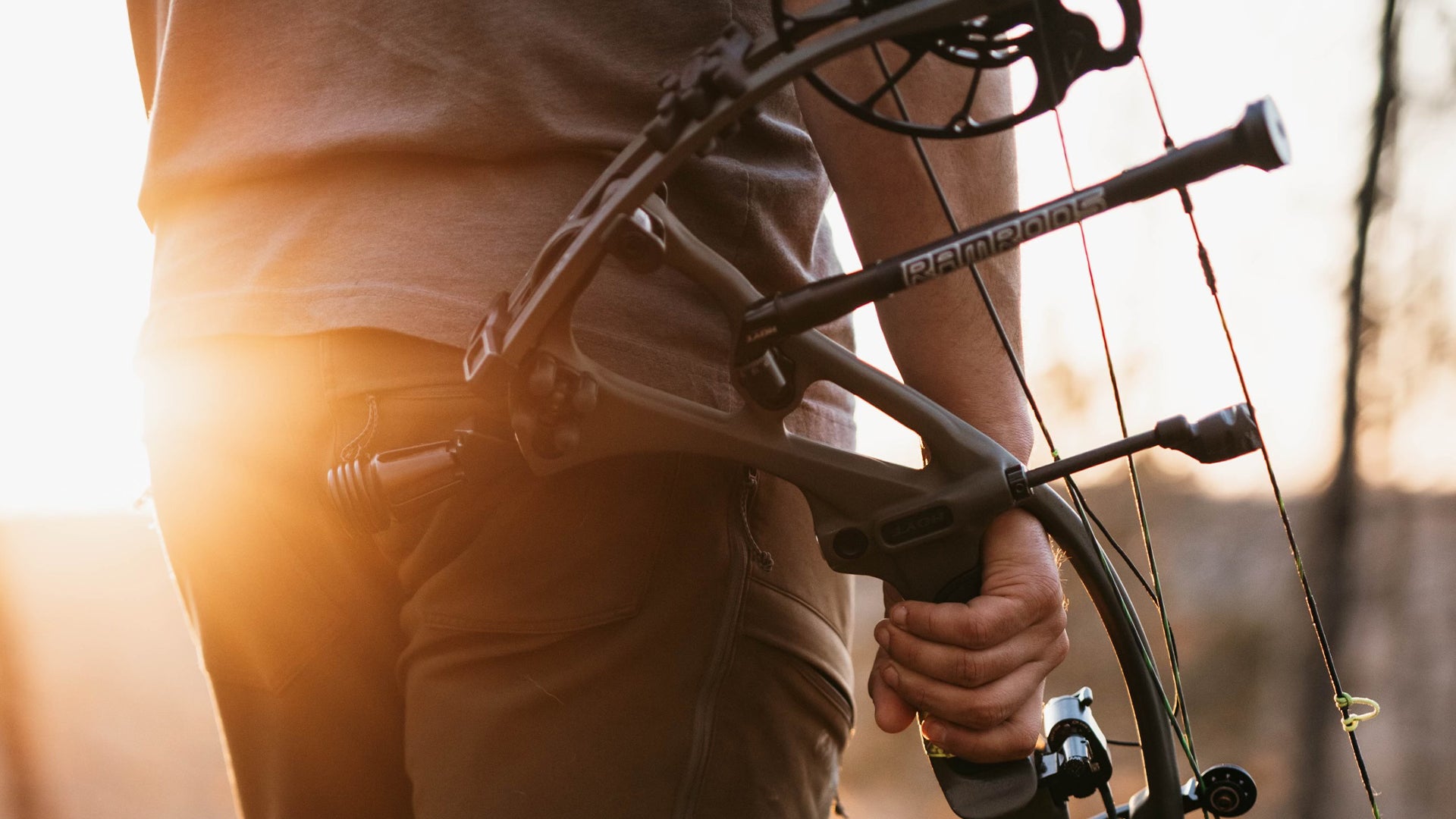Optimize Your Archery Precision With These Bow Stabilizer Strategies
One crucial aspect that can dramatically influence your performance is the appropriate utilization of bow stabilizers. Whether you are a skilled archer looking to improve your abilities or a newcomer excited to improve your precision, mastering these bow stabilizer strategies can be the trick to hitting your mark with unrivaled consistency.
Advantages of Utilizing Bow Stabilizers
Using bow stabilizers can substantially improve an archer's accuracy and general efficiency by reducing bow torque and vibration. Bow torque, triggered by the unequal distribution of weight in the bow, can cause disparities in shot placement. By connecting a bow stabilizer, the weight is rearranged, minimizing the results of torque and aiding the archer accomplish a much more consistent shot. Furthermore, bow stabilizers moisten resonance, which not only boosts the comfort of shooting yet additionally protects against the bow from jumping upon launch, hence assisting in preserving proper aim.
Additionally, bow stabilizers can assist in holding the bow constant, specifically throughout gusty conditions or when firing from longer distances. The added weight at the front of the bow supplies stability and equilibrium, enabling the archer to concentrate on intending without the interruption of bow motion. In general, the advantages of utilizing bow stabilizers prolong beyond just precision, improving the archer's experience and efficiency in different shooting scenarios.
Choosing the Right Bow Stabilizer
Selecting the appropriate bow stabilizer is critical for optimizing your archery devices and boosting shooting efficiency. Heavier stabilizers can aid minimize bow torque and absorb more vibration, leading to a steadier aim.

Last but not least, take into consideration the layout of the stabilizer. Some stabilizers come with adjustable weights or dampeners that enable you to tailor the balance and feeling of your bow. Eventually, selecting the appropriate bow stabilizer involves finding a balance between weight, length, style, and material to boost your capturing precision and overall performance.
Appropriate Installation Methods
To make sure optimal efficiency and safety in archery, mastering correct setup techniques for your bow stabilizer is essential. The first action in installing a bow stabilizer is to determine the correct placement on your bow.
Following, safely connect the stabilizer to the bow using the proper mounting hardware. Some stabilizers come with adjustable weights that can be added or eliminated to adjust the equilibrium of your bow.

Readjusting Stabilizer Weight and Size
After making sure the appropriate installation of your bow stabilizer, the next action includes adjusting the weight and size to enhance its performance in boosting archery accuracy. The weight Read More Here of the stabilizer plays a critical function in minimizing bow motion during the shot cycle.
When it involves stabilizer length, finding the appropriate equilibrium is key. A longer stabilizer can supply better stability by raising the range in between the bow and the weight at the end of the stabilizer. This added distance boosts the maintaining effect, especially in gusty conditions or when firing at longer ranges. Conversely, a much shorter stabilizer supplies extra maneuverability and may be liked by archers who value dexterity and fast activities throughout capturing.
Advanced Stabilizer Tuning Tips
Achieving optimal bow stability and precision in archery requires a nuanced approach to innovative stabilizer adjusting. Advanced stabilizer adjusting entails fine-tuning different elements to improve the bow's balance, decrease vibration, and enhance overall accuracy. One crucial method is to try out different stabilizer arrangements, consisting of back-bar and side-bar arrangements, to locate the ideal equilibrium between security and maneuverability for your capturing style. bow stabilizer. Additionally, changing the angle and positioning of the stabilizer can have a substantial effect on exactly how the bow responds upon release.
An additional crucial element of advanced stabilizer tuning is enhancing the damping buildings of the stabilizer system. Exploring different materials for the stabilizer building, such as carbon fiber or light weight aluminum, can additionally affect the bow's performance Visit This Link by altering its weight circulation click reference and stiffness.
Conclusion
In verdict, maximizing archery precision can be achieved with the appropriate selection, setup, and adjustment of bow stabilizers. In general, incorporating bow stabilizers right into archery technique can lead to improved performance and enhanced accuracy.
Making use of bow stabilizers can significantly improve an archer's precision and overall performance by lessening bow torque and resonance. Longer stabilizers offer better stability and equilibrium, especially for long-distance shooting, while shorter stabilizers provide even more flexibility and are much easier to navigate in tight spaces (bow stabilizer). Carbon fiber stabilizers are light-weight and long lasting, while light weight aluminum stabilizers are durable and supply excellent vibration dampening
A longer stabilizer can provide higher security by raising the range in between the bow and the weight at the end of the stabilizer.Another vital element of sophisticated stabilizer tuning is enhancing the damping residential properties of the stabilizer system.